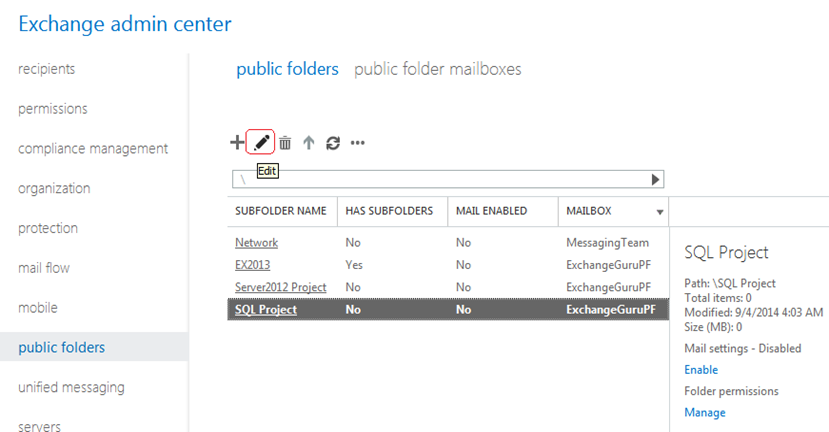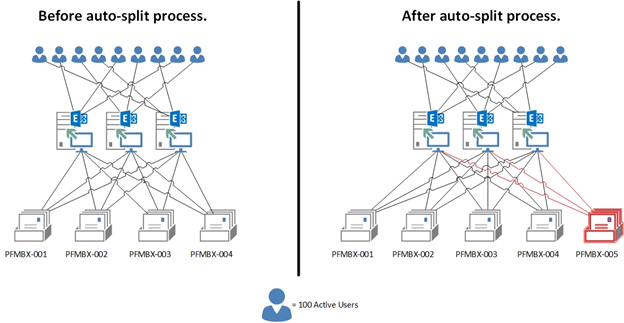
- #Remove approval exchange public folder how to
- #Remove approval exchange public folder for mac
- #Remove approval exchange public folder archive
- #Remove approval exchange public folder full
#Remove approval exchange public folder archive
Public folders aren't designed to do the following:ĭata archiving: Users who have mailbox limits sometimes use public folders instead of mailboxes to archive data. When you mail-enable a public folder and add it as a member of the distribution group, email sent to the group is automatically added to the public folder for later reference. Public folders can also be used as an archiving method for distribution groups.
#Remove approval exchange public folder for mac
Outlook for Mac 2016 and Outlook for Mac for Office 365.

Supported versions of Outlook for Exchange Server. Outlook on the web (formerly known as Outlook Web App) for Exchange 2016 or later Public folders are available in the following Outlook clients:
#Remove approval exchange public folder full
Users will see the full hierarchy in Outlook, which makes it easy for them to find the content they're interested in. Public folders help make content in a deep hierarchy easier to browse. Don’t forget to follow us and share this article.Public folders are designed for shared access and provide an easy and effective way to collect, organize, and share information with other people in your workgroup or organization. Don’t forget to test first with the -WhatIf parameter, as shown in the article.ĭid you enjoy this article? You may also like Get Mailbox size of all users in Exchange with PowerShell. The script output will show which proxy addresses are removed. Add the domain that you like to remove and run the script. Download the Remove-SMTP PowerShell script.
#Remove approval exchange public folder how to
In this article, you learned how to bulk remove secondary SMTP address with PowerShell. Keep on reading: Find email addresses with PowerShell » Conclusion I hope that this helped you to remove unwanted SMTP addresses from the mailboxes in the Exchange organization. Remove the -WhatIf parameter from the PowerShell script and rerun the script. Transcript stopped, output file is C:\temp\Remove-SMTP-Address.log What if: Setting mailbox "Madeleine Ross". What if: Setting mailbox "Kylie Davidson". Transcript started, output file is C:\temp\Remove-SMTP-Address.log After running the script, confirm that these are the SMTP addresses that need to be removed. In my example, all the SMTP addresses containing tajran will be removed in bulk. You will get an output showing what will happen. If you run the script, nothing will happen in the environment. Good to know is that the -WhatIf parameter is added in the script. The script will go through all the mailboxes in the Exchange Organization. Go to the script path and run the Remove-SMTP.ps1 script. You must connect with the proper tools before you run the script:Įxchange on-premises / Exchange hybrid: Run Exchange Management Shell as administrator.Įxchange Online (Microsoft 365/Office 365): Run PowerShell as administrator and connect to Exchange Online PowerShell.

The script works for Exchange on-premises, Exchange hybrid, and Exchange Online. Bulk remove secondary SMTP address PowerShell script In the next step, you are going to run the script and see it in action.

Write-Host "Removing $_ from $Mailbox Mailbox" -ForegroundColor Green $Mailbox.EmailAddresses | Where-Object -WhatIf # Change to the domain that you want to remove $Mailboxes = Get-Mailbox -ResultSize Unlimited Start-Transcript -Path C:\temp\Remove-SMTP-Address.log -Append Open the Remove-SMTP-Address.log with a text editor. # Output will be added to C:\temp folder. Create a script folder if you don’t have one. Give it the name Remove-SMTP.ps1 and place it in the C:\scripts folder. Prepare the remove SMTP address PowerShell scriptĭownload the Remove-SMTP.ps1 script or copy and paste the below code in Notepad. The Remove-SMTP.ps1 PowerShell script works for:


 0 kommentar(er)
0 kommentar(er)
